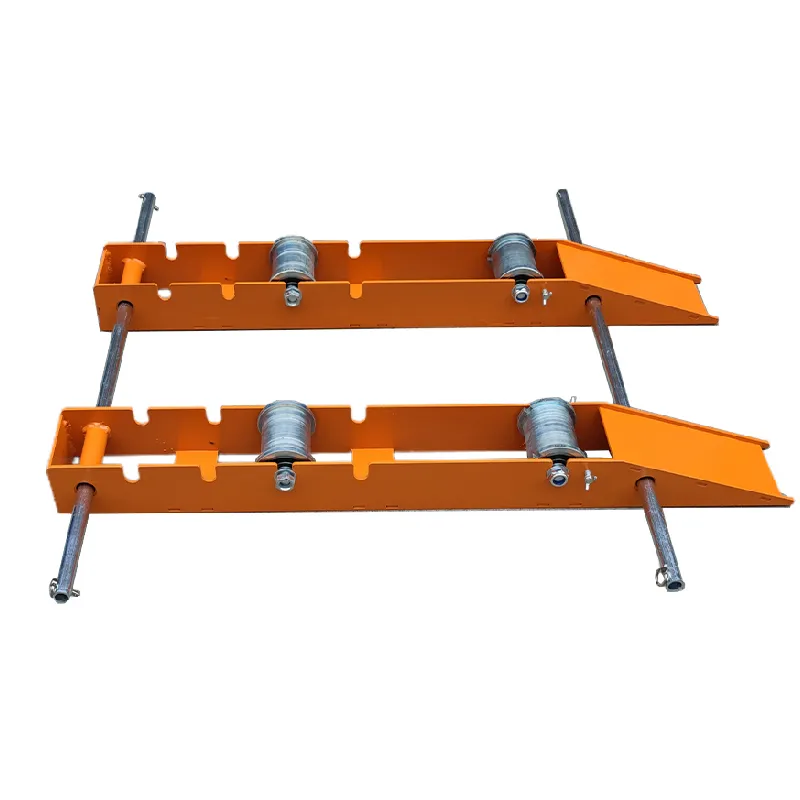
-
 Afrikaans
Afrikaans -
 Albanian
Albanian -
 Amharic
Amharic -
 Arabic
Arabic -
 Armenian
Armenian -
 Azerbaijani
Azerbaijani -
 Basque
Basque -
 Belarusian
Belarusian -
 Bengali
Bengali -
 Bosnian
Bosnian -
 Bulgarian
Bulgarian -
 Catalan
Catalan -
 Cebuano
Cebuano -
 Corsican
Corsican -
 Croatian
Croatian -
 Czech
Czech -
 Danish
Danish -
 Dutch
Dutch -
 English
English -
 Esperanto
Esperanto -
 Estonian
Estonian -
 Finnish
Finnish -
 French
French -
 Frisian
Frisian -
 Galician
Galician -
 Georgian
Georgian -
 German
German -
 Greek
Greek -
 Gujarati
Gujarati -
 Haitian Creole
Haitian Creole -
 hausa
hausa -
 hawaiian
hawaiian -
 Hebrew
Hebrew -
 Hindi
Hindi -
 Miao
Miao -
 Hungarian
Hungarian -
 Icelandic
Icelandic -
 igbo
igbo -
 Indonesian
Indonesian -
 irish
irish -
 Italian
Italian -
 Japanese
Japanese -
 Javanese
Javanese -
 Kannada
Kannada -
 kazakh
kazakh -
 Khmer
Khmer -
 Rwandese
Rwandese -
 Korean
Korean -
 Kurdish
Kurdish -
 Kyrgyz
Kyrgyz -
 Lao
Lao -
 Latin
Latin -
 Latvian
Latvian -
 Lithuanian
Lithuanian -
 Luxembourgish
Luxembourgish -
 Macedonian
Macedonian -
 Malgashi
Malgashi -
 Malay
Malay -
 Malayalam
Malayalam -
 Maltese
Maltese -
 Maori
Maori -
 Marathi
Marathi -
 Mongolian
Mongolian -
 Myanmar
Myanmar -
 Nepali
Nepali -
 Norwegian
Norwegian -
 Norwegian
Norwegian -
 Occitan
Occitan -
 Pashto
Pashto -
 Persian
Persian -
 Polish
Polish -
 Portuguese
Portuguese -
 Punjabi
Punjabi -
 Romanian
Romanian -
 Russian
Russian -
 Samoan
Samoan -
 Scottish Gaelic
Scottish Gaelic -
 Serbian
Serbian -
 Sesotho
Sesotho -
 Shona
Shona -
 Sindhi
Sindhi -
 Sinhala
Sinhala -
 Slovak
Slovak -
 Slovenian
Slovenian -
 Somali
Somali -
 Spanish
Spanish -
 Sundanese
Sundanese -
 Swahili
Swahili -
 Swedish
Swedish -
 Tagalog
Tagalog -
 Tajik
Tajik -
 Tamil
Tamil -
 Tatar
Tatar -
 Telugu
Telugu -
 Thai
Thai -
 Turkish
Turkish -
 Turkmen
Turkmen -
 Ukrainian
Ukrainian -
 Urdu
Urdu -
 Uighur
Uighur -
 Uzbek
Uzbek -
 Vietnamese
Vietnamese -
 Welsh
Welsh -
 Bantu
Bantu -
 Yiddish
Yiddish -
 Yoruba
Yoruba -
 Zulu
Zulu


Oct . 22, 2024 03:23 Back to list
Exploring Diverse Types of Chain Pulley Blocks for Various Industrial Applications
Understanding Different Varieties of Chain Pulley Blocks for Various Industrial Applications
Chain pulley blocks are essential tools in many industrial settings, offering a reliable means of lifting and lowering heavy loads. With a variety of designs and specifications available, selecting the right type can significantly impact efficiency and safety in operations. This article aims to explore the different varieties of chain pulley blocks and their respective industrial applications.
1. Types of Chain Pulley Blocks
There are several types of chain pulley blocks in use today, each catering to specific lifting needs. These include manual chain hoists, electric chain hoists, and overhead chain blocks, among others.
- Manual Chain Hoists Manual chain hoists are operated by pulling a chain to lift or lower loads. They are ideal for situations where electrical sources are limited or where the load requires precise control. Various lifting capacities make these hoists suitable for small workshops to large industrial applications.
- Electric Chain Hoists Designed for more demanding hoisting tasks, electric chain hoists boast increased lifting speeds and capacities. They are powered by electricity, making them ideal for repetitive lifting tasks in warehouses and production lines. Non-slip gearing and overload protection features are critical for enhancing safety in this type of hoist.
- Overhead Chain Blocks These blocks are mounted on overhead tracks and allow for both lateral and vertical movement. They are commonly used in manufacturing facilities where loads must be moved across large areas. Their design minimizes the effort needed for lifting and provides flexibility in positioning.
2. Key Features and Specifications
When selecting a chain pulley block, it is essential to consider several key features and specifications, including
different varieties of chain pulley blocks for various industrial ...

- Load Capacity Different blocks offer various lifting capacities, typically ranging from a few hundred kilograms to several tons. It is crucial to choose a block that matches the specific requirements of the task.
- Chain Length The length of the chain affects the lifting height and reach. In applications with higher loads, longer chains may be needed to optimize lifting height.
- Safety Features Features such as overload protection, automatic brakes, and safety latches are essential to ensure user safety during operation. Industrial settings often have strict safety regulations, making these features vital.
- Material Composition The durability of a chain pulley block depends heavily on the materials used in its construction. Steel blocks offer greater strength, while aluminum blocks may be favored for their lightweight properties, depending on the application.
3. Industrial Applications
Chain pulley blocks find applications across various industries. In construction, they are used for hoisting building materials to elevated work sites. In manufacturing, assembly lines utilize electric chain hoists for transporting components efficiently. Warehousing operations benefit from both manual and electric hoists to move large quantities of goods. Even in shipping ports, chain blocks are critical for loading and unloading containers, demonstrating their versatility across different sectors.
4. Conclusion
Understanding the various types of chain pulley blocks and their respective applications is essential for selecting the right equipment for industrial tasks. With proper knowledge of load capacities, safety features, and material compositions, businesses can optimize their lifting operations for safety and efficiency. As industries continue to evolve, the importance of reliable and innovative lifting solutions remains paramount, ensuring that chain pulley blocks will continue to play a crucial role in the industrial landscape.
Latest news
What Are Construction Tools and How Are They Used?
NewsJul.11,2025
Professional-Grade Duct Rodding Tools for Superior Cable Installation
NewsJul.11,2025
Enhancing Safety and Efficiency with Modern Hot Stick Solutions
NewsJul.11,2025
Empowering Cable Installation with Advanced Rodder Solutions
NewsJul.11,2025
Elevate Your Cable Installation Projects with Cable Pulling Tools
NewsJul.11,2025
Efficient Cable Handling Solutions: Cable Rollers for Sale
NewsJul.11,2025











